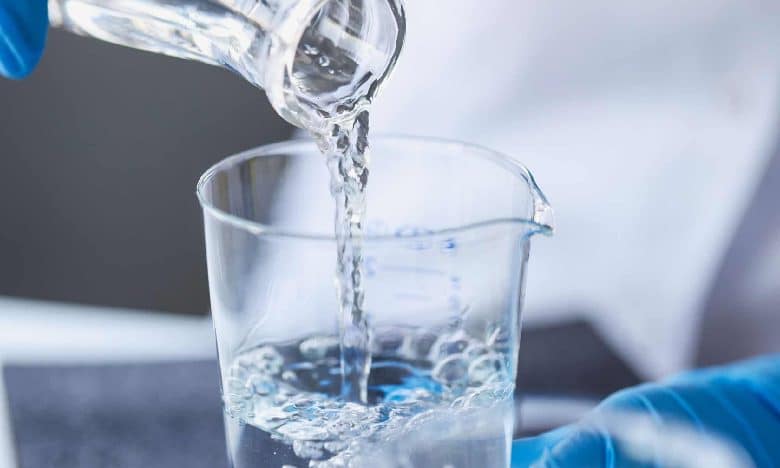Unsafe levels of ‘manganese’ may be present in the drinking water of Massachusetts

According to a recent study, the levels of manganese in the drinking water of a community in Massachusetts frequently exceeded the maximum recommended concentrations mentioned in current guidelines. The research further indicates that these elevated levels of manganese could potentially endanger children and other vulnerable populations exposed to the water.

A recent study conducted by Boston University School of Public Health (BUSPH) has discovered that manganese, an unregulated contaminant commonly found in drinking water, frequently surpasses the recommended levels outlined in current guidelines. The research, published in the Journal of Exposure Science & Environmental Epidemiology, a Nature publication, indicates that these elevated manganese levels could potentially pose a risk to vulnerable populations, particularly children.
Manganese is a naturally occurring element found in soil and rock, serving as both an essential nutrient and a toxic substance. Inadequate or excessive exposure to manganese can have detrimental effects on health. Despite its prevalence in drinking water across various US communities, manganese is not currently subject to federal regulations. The US Environmental Protection Agency has established guidelines specifying the maximum allowable daily exposure to manganese for aesthetic purposes, such as taste and color, as well as for overall population health and safety. However, these guidelines are merely recommendations and lack enforceability comparable to established primary standards.
Lead author Alexa Friedman, a doctoral student at BUSPH during the study, explains that while a certain level of manganese is necessary for health, mounting evidence suggests that excessive levels can harm children’s brain development. The study’s findings demonstrate that public drinking water often exceeded the aesthetic guidelines around 40% of the time and surpassed the health-based guidelines roughly 9% of the time. These results underscore the need for a legally binding primary drinking water standard for manganese to better safeguard children’s health.
Friedman and colleagues has shed light on manganese concentrations in drinking water across different locations and time periods in the United States. The researchers focused on residential tap water samples collected between September 2018 and December 2019 in Holliston, Massachusetts. This study, known as ACHIEVE (Assessing Children’s Environmental Exposures), was initiated by the community due to concerns about the quality and safety of their drinking water. Holliston relies heavily on shallow aquifers as their primary source of tap water, making them particularly vulnerable to high levels of manganese.
The findings of the study revealed that although the average manganese concentrations in Holliston were relatively low, they often exceeded the current aesthetic and health-based guidelines. The absence of enforceable standards for manganese levels in drinking water hinders efforts to ensure its safety and compliance with guidelines. The researchers also compared their community-level manganese samples with statewide data and found similar ranges, suggesting that overexposure to manganese is not limited to the Holliston community alone.
To address the health risks associated with manganese exposure in drinking water, the study’s senior author, Birgit Claus Henn, and Friedman recommended policymakers and researchers increase monitoring of manganese levels in water. They also emphasized the need for health studies focusing on communities affected by this exposure and advocated for the establishment of an enforceable standard.
For individuals concerned about manganese levels in their drinking water, the researchers suggested referring to online resources provided by the Massachusetts Department of Environmental Protection. It is important to note that boiling water does not remove manganese, and many household filters are ineffective against this contaminant. Residents should only use filtration units specifically designed to remove manganese, with clear indications of their capability to do so.
Source of Story ; Alexa Friedman, Elena Boselli, Yelena Ogneva-Himmelberger, Wendy Heiger-Bernays, Paige Brochu, Mayah Burgess, Samantha Schildroth, Allegra Denehy, Timothy Downs, Ian Papautsky, Birgit Clauss Henn. Manganese in residential drinking water from a community-initiated case study in Massachusetts. Journal of Exposure Science & Environmental Epidemiology, 2023; DOI: 10.1038/s41370-023-00563-9




